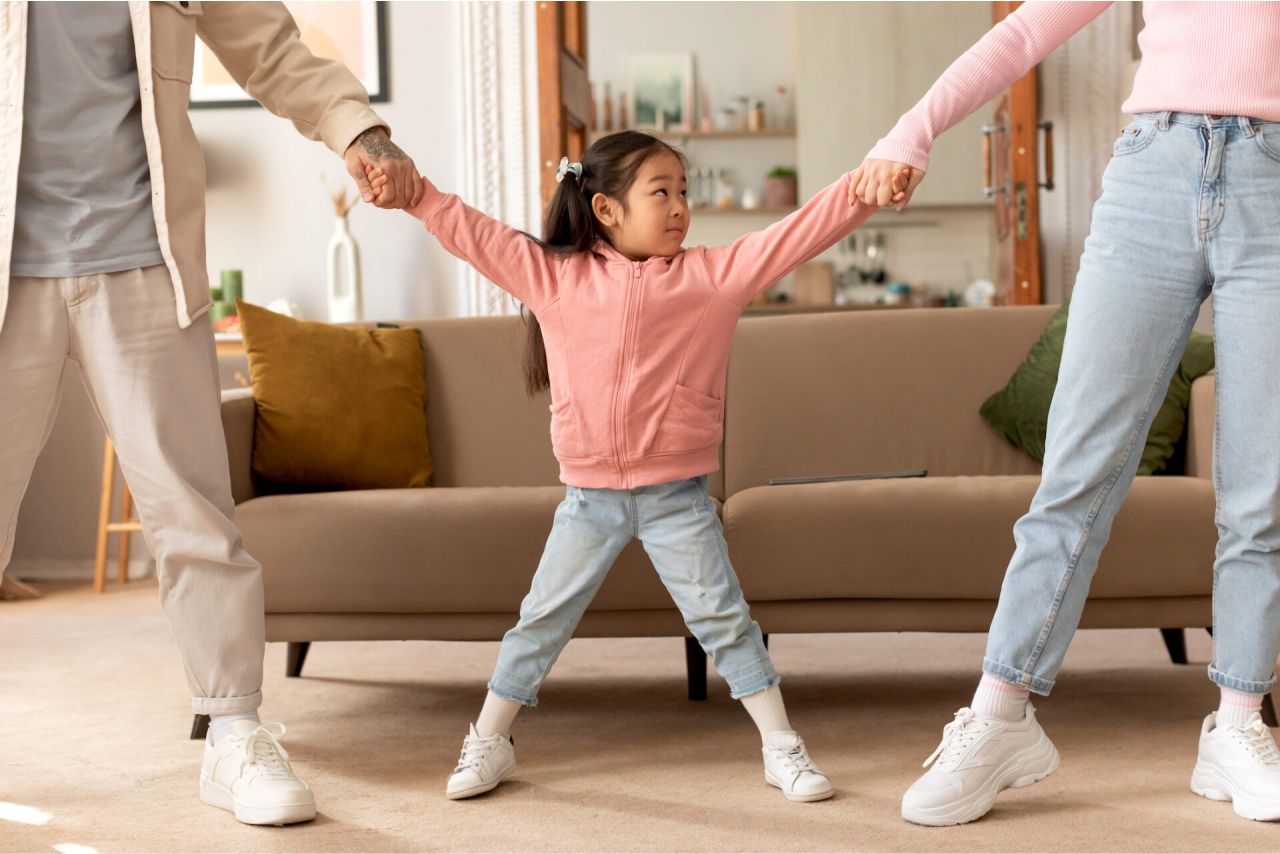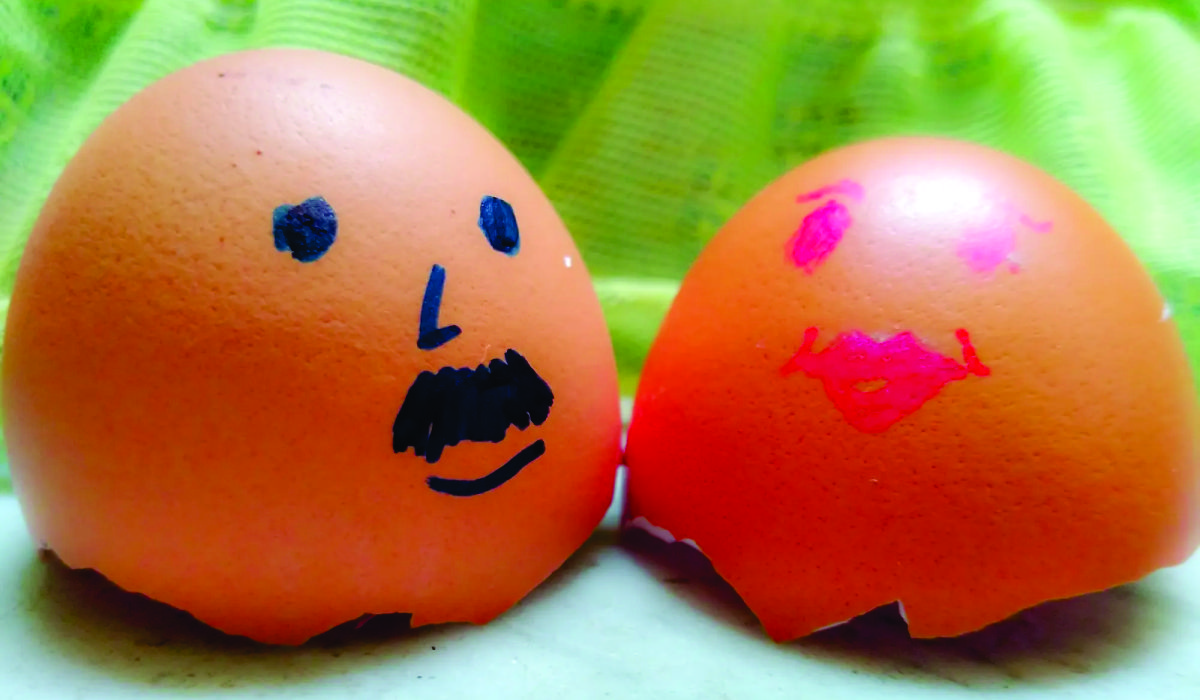
Hector Gracia and Francesc Miralles said in their book Ikigai ‘We don’t create our feelings; they simply come to us, and we have to accept them’. Art is similar to feelings. Do you know how children scribble on paper in an attempt to draw? For them, doing this is innate and comes from within. Arts and crafts in any form are a way of expression, especially for children: for whom it is expression.
Understanding the immense promise of the same, primary school in Singapore lay a lot of focus on arts and crafts for young learners, and rightly so. The aim of all teaching and learning should be to enable young ones to be emotive and expressive with their feelings, showcase their difficulties, depict their aspirations and dreams, and share how they feel. Art is a great way to develop courage and improve self-esteem.
If you have seen art as something insignificant or just a way for kids to create a mess, it’s time to reconsider. You’ll be surprised to know the myriad of ways in which art can be fruitful for your kids. As parents, we mostly end up giving importance to maths, languages, and science and perceive those as the most vital subjects for our children’s development, but art is the higher calling and should be given its due credit.
This is why some of the best primary schooling in singapore are making art a priority, and urging parents to bring their kids closer to it, and allow them to explore and understand their emotions and unleash their creativity.
To better explain how your children can benefit from this, we’ll discuss seven reasons why art and crafts are crucial for a child’s growth and development.
- Arts and crafts build and improve motor skills
Children need to develop motor skills, especially from the ages of three to twelve, and nothing is better than the introduction of arts and crafts to their routine. This will enhance motor dexterity by improving fine and gross motor skills and improving hand-eye coordination. Activities like painting, drawing and origami form stronger neural connections.
When a child sketches, uses scissors, does origami, or paints: their underdeveloped motor skills are fast-tracked and honed. Painting and drawing improve hand-eye coordination as the eyes guide the hands. This is applicable across a spectrum of activities ranging from something as simple as painting within lines and tracing to pottery and intricate murals.
2. Arts and crafts develop languages.
Naom Chomsky believed that everyone at birth has an inborn tendency to acquire language, and this factor is universal. It is necessary to nurture this innate tendency to develop a stronger vocabulary and effective communication. Art inspires kids to talk about their actions and lets them grasp the world through different shapes and colors. This helps improve communication and expand vocabulary. Most art supplies and activities come with usage instructions – reading these and figuring out how to use them can do wonders for a child’s comprehensive abilities.
Artsy games like Pictionary are both fun and beneficial as they involve describing a word using pictures, making them fun for all age groups. Moreover, art improves literacy by developing writing, reading, listening, and speaking skills. Teachers can give primary school students assignments where they must match illustrations to words, parts of a story, or even sentences.
3. Arts and crafts boost brain power
Arts and crafts can help a child’s brain develop better through critical thinking and problem-solving skills, later permeating into other areas of life. Viewing art also helps children form opinions and develop views while learning visually. They process the art, interpret it, admire or criticize it: these life skills are necessary and will be applicable to various parts of their lives.
4. Art also builds craftsmanship and unleashes creativity.
Children are imaginative and original when they create art at a young age. This inspires them to express themselves and figure out their calling. Let’s not forget that art also enhances concentration, as some activities require a lot of focus and precision. The best thing about art is that none of this is imposed on the children – they genuinely get interested and feel responsible for their creations.
5. Augments life and social skills
Life is not always a bed of roses, and children need to find avenues and interests that will help them develop life skills to guide them in life. Art and crafts teach some of the most vital life and social skills by inculcating habits like collaboration and teamwork. Group projects empower kids to take responsibility all teach children to follow the rules and directions. Children receive criticism and appreciation for their work along with varying points of view – all this feedback can be used constructively.
6. Encourages cultural awareness
It is always important to stay connected with your culture, and art helps one with that. It makes them more tolerant and inclusive, and they learn that despite having different beliefs, and views on life, everyone is equal. This can help prevent bullying as kids realize people can have different rituals, follow different beliefs, and accept them for who they are. Some kids even go the extra mile to read up and explore the traditions behind certain art pieces.
7. Builds personality and identity
If a child is good at a certain form of art and carries on with it, improving along the way and gaining some positive reviews for it: they’ll certainly be more confident. Just knowing what you are good at and taking risks to get there is a motivator. You don’t always get it right in the first go. Art teaches kids perseverance, patience, and resilience. Artists never give up and continue to work on their craft until they have achieved what they set out to do. Children in their formative years can leverage this form of self-expression to realize who they are and develop personalities.
8. Help with emotional well-being
It is important for children to understand and be aware of their emotions. Emotional intelligence is still not given its due importance and this needs to be changed. Art can help kids connect with peers and bond with family members.
Art is also a great way to reduce stress, anxiety, and depression. It releases happy hormones like serotonin-boosting a child’s mood and emotions, making for a great way to unwind, not only for kids but also adults. In a classroom, art provides children with an avenue to communicate and develop confidence. As a post-school activity, it inspires creativity and reinvigorates them for tomorrow.
Art can be fun and also aid your child’s physical and emotional development. Encouraging your children to explore their artistic side will help them discover a lifelong passion that can lead to a profession or hobby they enjoy for years to come. And if nothing else, art can help them discover who they are.
Read More: Few Facts That You Should know Before Buying a Treadmill on EMI








